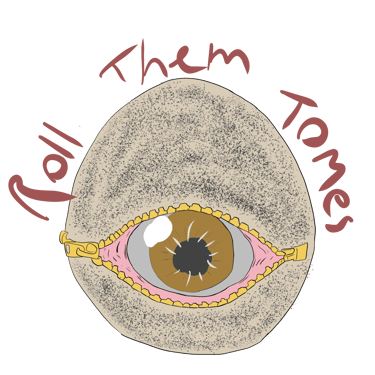The Evolution and Limitations of the Alignment System in D&D 5e
Are character alignments necessary? Can alignment cause more harm than good?
Nikos Konstans
4/16/20242 min read


Understanding the Alignment System in D&D 5e
Dungeons & Dragons 5th edition (D&D 5e) is a popular tabletop role-playing game that has captivated players for decades. One of the key elements of the game is the alignment system, which helps define a character's moral and ethical compass. However, as the game has evolved, the alignment system has faced criticism for its flaws and limitations.
The Role of Alignment in D&D 5e
In D&D 5e, alignment is a way to categorize characters based on their beliefs and actions. It consists of two axes: the moral axis, ranging from good to evil, and the ethical axis, ranging from lawful to chaotic. These axes intersect to create nine possible alignments, including Lawful Good, Lawful Neutral, Lawful Evil, Chaotic Neutral, Chaotic Good, Chaotic Evil, Neutral Good, Neutral Evil, and True Neutral.
Alignment can be a useful tool for players and Dungeon Masters (DMs) to understand their characters and guide their decision-making. It helps establish a character's personality and can be a source of role-playing inspiration. Additionally, certain game features and items in D&D 5e are tied to specific alignments, adding depth to the gameplay. But some aspects of the alignment system can get out of control if taken too far.
The Flaws of the Alignment System
Despite its initial appeal, the alignment system in D&D 5e has its fair share of flaws. One major issue is its oversimplification of complex moral and ethical concepts. The nine alignments can feel restrictive and fail to capture the nuances of real-world beliefs and motivations. This can lead to characters feeling one-dimensional or pigeonholed into a particular alignment.
Furthermore, the alignment system has become less prominent in recent editions of D&D. The Player's Handbook for D&D 5e even suggests that players can disregard alignment altogether if it doesn't fit their playstyle. This shift away from alignment as a core mechanic reflects the system's limitations and the desire for more flexible character development.
Since the system itself allows players to disregard alignment altogether, many contradictories come into play like planar environments or magic items that forcibly change a player's alignment, and creatures like the Sprite can learn a creature's alignment.
Alignment Issues at the Table
While alignment can add depth to a character, it can also cause issues at the table. One common problem is alignment conflicts between players, leading to disagreements and potential disruptions in gameplay. Differences in interpretation and conflicting alignments can create tension within the group, detracting from the overall enjoyment of the game.
Additionally, strict adherence to alignment can limit player agency and creativity. Players may feel constrained by their alignment, fearing that deviating from it will have negative consequences. This can discourage exploration of complex character arcs and personal growth, as players may feel pressured to conform to their predetermined alignment.
In response to these issues, many players and DMs have started using alignment as a loose guideline rather than a rigid rule. They focus more on character development, personal beliefs, and the choices made in-game, rather than being bound by a specific alignment. This approach allows for greater flexibility and encourages players to explore the gray areas of morality and ethics.
Finally...
While the alignment system in D&D 5e has its flaws, it remains a core aspect of the game's lore and character creation process. However, the system's limitations and potential for causing issues at the table have led many players and DMs to adopt a more flexible approach. By focusing on character development and personal beliefs, players can create more dynamic and engaging stories that go beyond the confines of alignment.
Contacts
rollthemtomes@gmail.com
